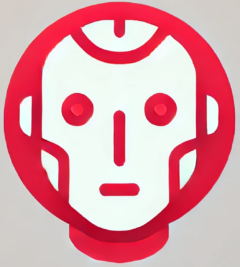Microsoft Unveils In-House AI Models
When IBM’s Deep Blue defeated chess grandmaster Garry Kasparov in 1997, the world saw a glimpse of machines challenging human intellect. Fast forward to today, and the AI battlefield has shifted dramatically—this time, with Microsoft unveiling in-house AI models to rival none other than OpenAI, a company it’s heavily invested in. The launch underscores Microsoft’s strategic ambition to redefine its role in the artificial intelligence race, by not just relying on partners but by innovating from within.
Disrupting the AI Status Quo
Microsoft unveils in-house AI models at a pivotal moment when tech giants are fiercely competing for supremacy in generative AI. With its new suite of “small language models”—dubbed “Phi-3”—Microsoft signals a bold step away from an exclusive dependency on OpenAI and its popular ChatGPT technology. The software behemoth’s in-house AI models are crafted for efficiency and reliability, opening up new possibilities for businesses and developers who seek scalable and cost-effective artificial intelligence solutions.
What Sets Microsoft’s AI Models Apart?
Unlike the massive, resource-hungry models that often dominate headlines, Microsoft’s Phi series focuses on being nimble and accessible. These small language models offer high performance with lower computational requirements, making advanced AI available even on resource-constrained devices. According to Microsoft, Phi-3 models can:
- Operate efficiently on smartphones and laptops, not just in cloud environments
- Deliver competitive accuracy for tasks such as summarization, Q&A, and code completion
- Reduce inference costs, offering substantial savings for enterprise customers
This approach breaks the narrative that only gigantic models can lead the AI revolution. With an emphasis on agility and practical deployment, Microsoft is positioning Phi-3 not just as an alternative, but as the future of AI integration for everyday applications.
Strategic Implications: More Than Just Competition
The unveiling of these in-house AI models suggests Microsoft is hedging its bets beyond its investments in OpenAI. For years, Microsoft’s Azure cloud services have been the backbone for many AI innovations, but leaning on its own research and development enhances its independence—and leverage—in the AI arena. This move offers several advantages:
- Greater flexibility for tailoring AI solutions to specific customer requirements
- Reduced reliance on external providers and shifting market dynamics
- Expanded opportunities to embed AI deeply into Microsoft’s suite of business and consumer products
By introducing in-house alternatives, Microsoft can offer customers personalized AI experiences while controlling costs and intellectual property.
The Path Ahead: AI for Everyone
Microsoft unveils in-house AI models with a vision: democratizing AI by putting powerful, efficient models into the hands of every developer and enterprise. Whether it’s SMBs deploying AI-driven services or large organizations seeking hybrid solutions, the Phi-3 line aims to make AI accessible without prohibitive entry barriers. Experts suggest that this could spur a new wave of innovation, particularly in sectors where large-scale AI deployment was previously cost-prohibitive.
Conclusion: The AI arms race is heating up, and by unveiling in-house models, Microsoft demonstrates both technological prowess and strategic foresight. For more details on this development and its industry implications, you can read the original coverage at TipRanks.

